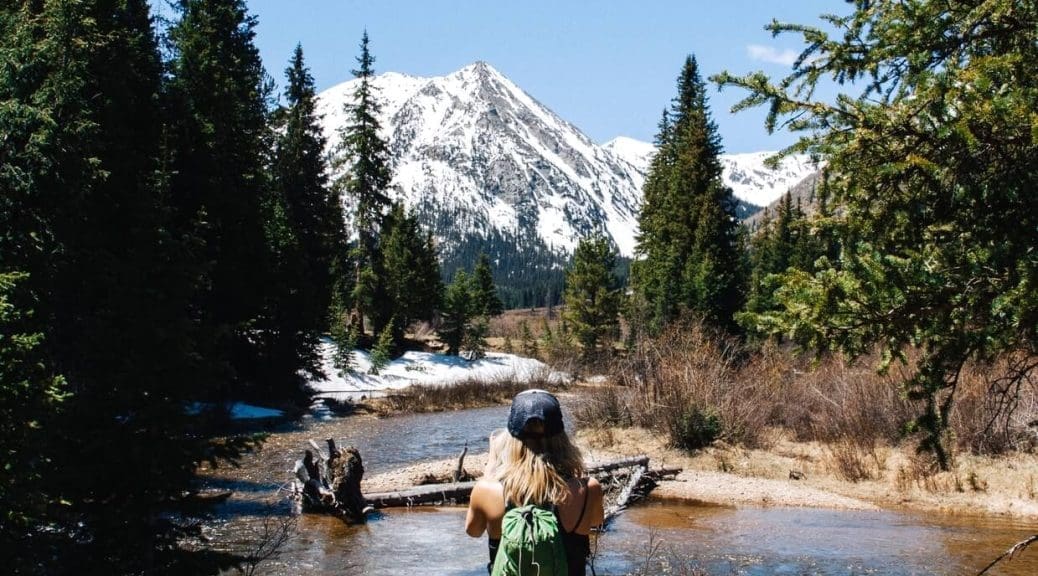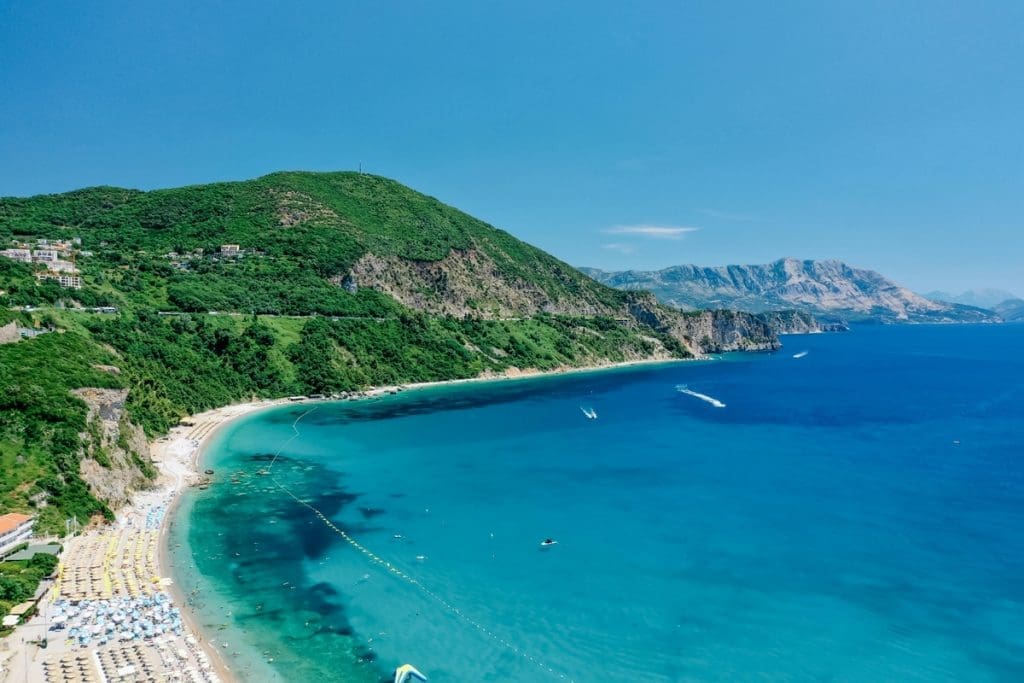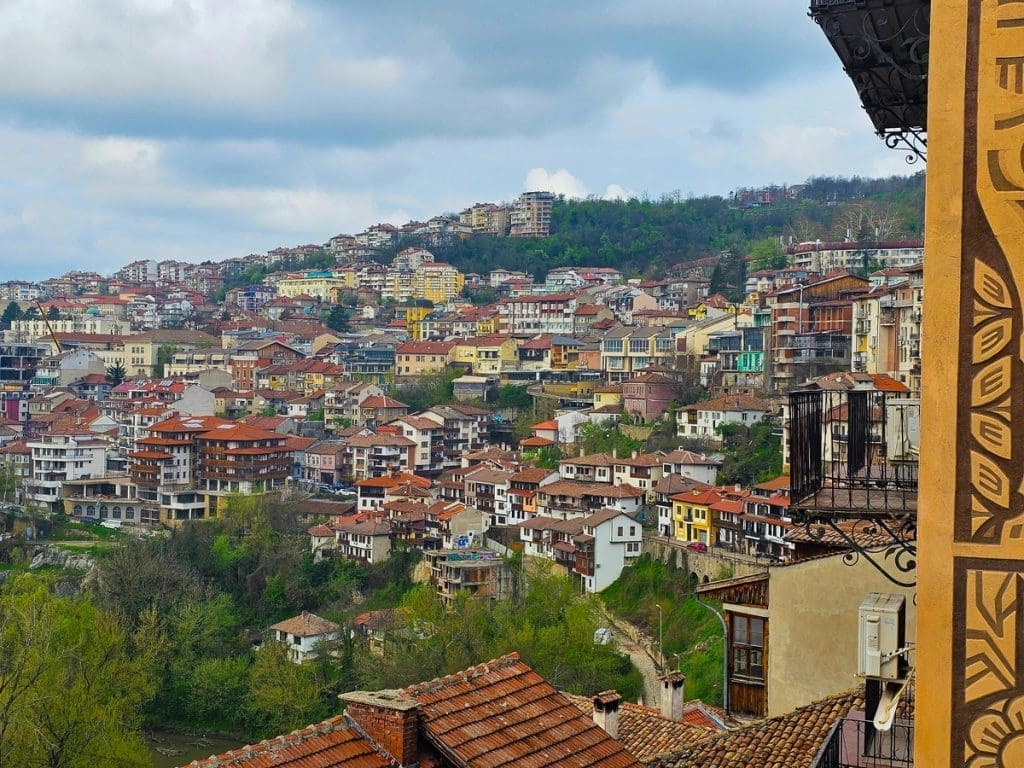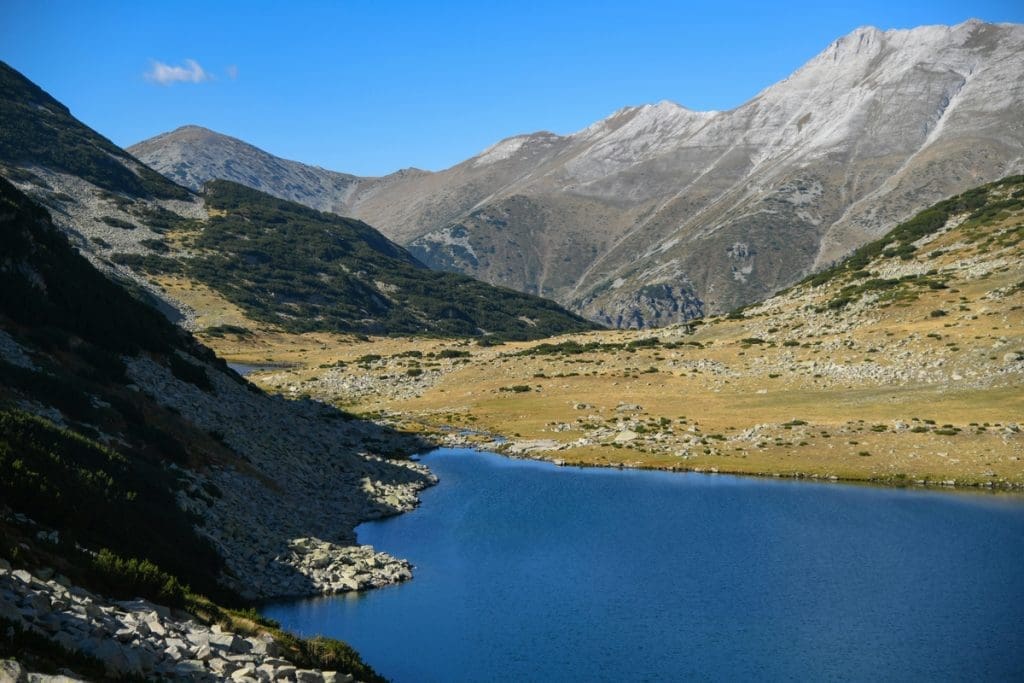
Discover the Best Places to Visit in Bulgaria in Summer
When you think about summer holidays in Europe, Bulgaria might not be the first destination that comes to mind. But once you’ve been, it has a way of sticking with you. The scenery, the mix of cultures, the slower pace in the smaller towns – it all comes together in a way that’s quietly appealing.
Whether you’re drawn to the coast or the mountains, Bulgaria in summer offers a bit of everything. There are peaceful hiking trails through national parks, historical towns with cobbled streets and old-world charm, and beach resorts that come alive once the warm weather settles in.
If you’re curious about where to go, here are some of the best places to visit in Bulgaria in summer, from popular seaside spots to quieter cultural corners.

The Black Sea Coast
Yes, there’s sunbathing. Yes, the coast is long and golden and wrapped in seaside towns that fill up with umbrellas and noise. But that’s not all that’s going on.
- Sozopol: A small, artsy town with wooden houses and a low-key charm. You get sandy beaches, yes, but also ancient ruins, quiet seafood dinners, and the odd gallery tucked away in the shade.
- Varna: Often called the sea capital, this is more city than resort. Expect lively streets, a big archaeological museum, and echoes of Roman baths beneath your feet.
- Golden Sands: The name sort of gives it away. A full-blown resort area, popular for families, bars, and long stretches of beach. Not subtle, but fun if you’re in the mood.
The Black Sea coast has layers:
- You can party in one bay and find silence in the next
- The light is always golden, always warm
- Even the more touristy places feel soft around the edges
Getting there: Fly into Varna Airport for access to the northern coast, or Burgas Airport for Sozopol and the southern stretches. Transfers from either can get you quickly to your chosen beach spot.
Rila Monastery
Tucked in the Rila Mountains, this massive monastery isn’t just one of Bulgaria’s most visited spots – it’s also oddly calming. You don’t have to be religious to feel something when standing inside its painted arcades, looking up at those dark, story-covered walls.
The building itself feels timeless. Like it hasn’t changed in centuries, because it mostly hasn’t. Surrounded by thick forest and stone paths, it’s almost like it grew from the landscape.
Nearby, there’s this beautiful mess of alpine trails, sleepy villages, and pine scent that never quite leaves your clothes. The Rila Lakes, up high in the same mountain range, are definitely worth the climb:
- Seven glacial lakes, each one clear and cold
- Trails that weave through meadows, rocks, and clouds
- You might get sunburned and chilled in the same hour
Not convenient, exactly, but definitely worth it.
Getting there: Sofia Airport is the nearest major entry point. From there, a Sofia transfer or rental car can get you to the monastery in around 2 hours.
Veliko Tarnovo
Built into a slope above a river, Veliko Tarnovo is a former capital that still carries itself like one.
Here’s what it feels like:
- Cobbled streets that twist with no logic
- Houses stacked at odd angles
- A fortress that looms quietly above everything
The medieval fortress of Tsarevets sits on its own hill, partly ruined, partly preserved. It doesn’t feel reconstructed. It feels… worn. Real. And the views from up top – wide, green, and scattered with rooftops – are the kind that make you pause without knowing why.
The old town is easy to get lost in. Which is fine. Because every turn gives you another piece of the country’s past.
And while it gets visitors, it never feels overcrowded:
- Locals sell hand-painted ceramics
- Cats sleep on warm stone steps
- Cafes serve strong coffee in the kind of cups your grandmother used to own
Getting there: Sofia and Varna are both options, but Sofia is easier. A transfer takes roughly 3 hours, winding through rolling hills and small towns.

Plovdiv
Some say Plovdiv is the oldest continuously inhabited city in Europe. Whether or not that’s technically true doesn’t really matter. You can feel the age of the place.
Right in the middle of town, there’s a full-sized Roman stadium beneath the pedestrian shopping street. Literally beneath it. You can sip a drink above and then walk down a few steps into history.
- The Old Town: cobblestone lanes, wooden Ottoman houses, art galleries, and lazy dogs
- Kapana district: young, creative, full of bars and mural-covered walls
- The hills: Plovdiv is built on several, so you’re always walking up or down
The mix of ancient and modern doesn’t feel forced. It just is.
If you like wandering aimlessly, sitting for hours, or stumbling into unexpected street performances, this place delivers.
Getting there: The easiest option is to fly into Sofia – from there, Plovdiv is about 90 minutes by car or transfer. Plovdiv does have its own airport, but flight options are limited, especially outside peak times. Alps2Alps offer direct Sofia and Plovdiv transfers.
Pirin National Park
Fewer people. Bigger views. Colder streams.
Pirin National Park in the southwest is made for those who like to feel small. The Pirin Mountains are rockier and wilder than Rila. And while the trails can be intense, the rewards are even more so:
- High-altitude lakes that seem painted
- Craggy ridges and steep forest paths
- Absolute quiet, broken only by goat bells or wind
This part of Bulgaria feels further from everything – more rugged, less compromised. Base yourself in Bansko, a ski town that’s surprisingly pleasant in the off-season, and work your way up.
You won’t get 4G signal everywhere. Which is sort of the point.
For more tips on what to do in the area, take a look at our guide to Bansko summer holidays.
Getting there: Sofia Airport is the best bet. From there, a Sofia to Bansko transfer takes about 2.5 hours.

A Few Smaller Gems
Some places don’t need whole sections, but they’re still worth a detour:
- Melnik: the smallest town in Bulgaria, backed by weird sand pyramids. Great local wine.
- Nessebar: A tiny peninsula town, part resort, part museum, part maze.
- Koprivshtitsa: Hard to pronounce, easy to love. 19th-century houses and a quiet, revolutionary past.
- Blagoevgrad: A university town with a laid-back feel. Less visited, good for a day or two.
Each one gives you something different:
- A view
- A flavour
- A strange conversation at a roadside stall
Getting there: All are reachable from Sofia by road, with Melnik and Blagoevgrad accessible within a couple of hours. Nessebar is closer to Burgas. Transfers help if you want to skip the slower bus schedules.
Things to Know if You’re Visiting Bulgaria in summer
A few practical points (and a few that aren’t):
- Weather: Hot, but the mountains cool off quickly. Pack layers.
- Transport: Trains are scenic but slow. Buses are faster. Driving gives you the most freedom.
- Language: Cyrillic alphabet. English spoken in cities and tourist spots, but don’t count on it everywhere.
- Food: Think grilled meats, cold yoghurt soups, fresh tomatoes, and lots of cheese. Always cheese.
- Pace: Slow. Accept it. Let things take time.
It’s the kind of place where you might plan your route… then hear about a quiet lake from a woman selling apricots and end up going in the opposite direction. That’s normal. That’s good.
Worth Considering
Bulgaria isn’t loud about its charms. And honestly, that’s a good thing.
If you like:
- Places with rich history that you can still walk through
- Hidden corners in every historical city
- Panoramic hikes that don’t require a ticket
- Towns that feel lived in, not curated
…then maybe give it a go.
You could be sitting on a quiet beach one morning, climbing to a historic site in the evening, and eating cold shopska salad with strong plum rakia by night. It won’t all make sense. But it doesn’t have to.
Planning the Journey?
Alps2Alps provides reliable summer transfers to and from key locations in the region. Whether you’re landing in Sofia or Plovdiv, we’ll get you there – safely, comfortably, and on time.
Explore the best destinations in Bulgaria without the hassle of public transport. Just book, arrive, and start wandering.
Author Information
This article was co-written by…
Kaspars Simanis, Product Manager
Kaspars, product manager at Alps2Alps, is an experienced strategist with a strong focus on travel, mobility and customer engagement. With a creative mindset and a dedication to delivering exceptional experiences, Kaspars plays a key role in shaping how we connect with skiers and adventurers across the Alps. When not crafting innovative campaigns, you’ll find Kaspars out on the slopes.

